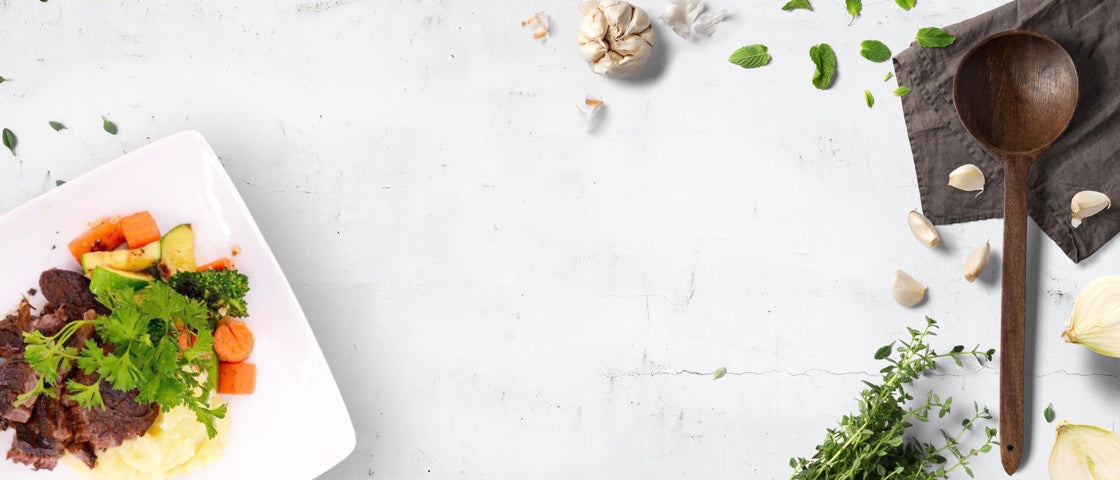Moo-ve over, conventional beef. A new kind of beef is grazing its way to the top of the eco-friendly, health-conscious menu. But what sets grass-fed meat apart, and why do many believe it is a healthier alternative to other beef?
Let’s cut through the noise, moderate the hype, and take an honest look at why more and more people say they prefer to eat grass-fed beef.
What Does “Grass-Fed” Beef Mean?
Before we distinguish between grass-fed and conventionally-raised beef, it’s important to note that there’s no standard definition of “conventionally-raised” beef.
Generally speaking, when folks use the phrase “conventionally raised,” they are referring to feedlot cows that are nurtured on a grass diet but later switch to a grain-based diet of corn and soy.
More specifically, this beef:
- Is raised in confined spaces
- Grows quickly because of its calorie-dense diets
- Has a rich flavor and more texture due to intramuscular fat
- May be more land-efficient but has a bigger carbon footprint
- Is less expensive due to rapid growth and more efficient land use
To the contrary, when people use the phrase “grass-fed,” they are generally referring to beef that:
- Is raised on grass and other forage for the duration of their lives
- Roams open pastures, allowing them to live more comfortably and naturally
- Gains weight slowly and takes longer to reach the market
- Has higher levels of omega-3 fatty acids
- Is leaner and has a more complex flavor profile
- Leaves a smaller carbon footprint
- Costs more due to slower growth rates and more land use
Why Switch to Grass-Fed Beef?
It’s Packed With Omega-3 Fatty Acids
Why eat grass-fed beef? Generally, it contains less fat and calories than its conventionally-raised counterpart. That makes it an attractive option for health-conscious consumers. It also provides higher levels of omega-3 fatty acids, known to:
- Lower blood pressure
- Reduce inflammation
- Benefit brain and eye health
- Reduce the risk of blood clotting
- Give cells more energy
It’s More Sustainable
Conventionally-raised cattle are fed on a diet of corn and soybeans that require phosphorus and nitrogen to increase crop yields. This has several environmental drawbacks.
These crops aren’t just resource-intensive; they also degrade soil. When heavy rains wash over fertilized fields, these chemicals can be carried to rivers, lakes, and oceans. This runoff depletes oxygen, kills marine life, contaminates drinking water, and causes algae growth.
It’s More Humane
Grass-fed cattle generally live out their lives in environments that closely resemble their natural spaces. That means more freedom to roam and graze, which means:
- Less confinement
- More socializing
- Better heart and muscle health
- Less risk of disease transmission, which means less need for antibiotics and hormones
- A more diverse diet
- A more ethical way of raising living creatures
From Pasture to Plate: Farm Fresh Meals at Your Doorstep
Craving wholesome meals crafted with care? Look no further. Our farm-to-table approach brings the best of local, grass-fed goodness right to your front door. Whether you’re a fan of classic flavors, committed to the Paleo diet, or following a Keto lifestyle, we have plenty of delicious options. Order today!


